Research on controlled thermonuclear fusion was born with the aim of offering humanity an environmentally friendly, safe and potentially unlimited source of energy.

Fusion reactions occur naturally in Space and are what keep the stars “alight”.
In the Sun, the star at the centre of our system of planets, Hydrogen is transformed into Helium, releasing a large amount of energy.

The energy released by this process supports life on Earth. The goal of fusion research is to reproduce, in a controlled manner, processes similar to those that occur in the Sun to obtain a practically inexhaustible source of energy, safe and compatible with the environment.
To create this energy source, it is necessary to face demanding scientific and technological challenges aimed at building the first fusion reactor. In recent decades, the search for clean energy sources has led to an ever greater political and financial commitment to fusion research.

Europe has developed a precise strategy for the realization of fusion energy, with defined programs, entrusted to research laboratories, universities and industry.
These include the construction of ITER, the first experimental fusion reactor, the result of a worldwide collaboration within the framework of collaboration between Europe, Japan, Russia, the United States of America, China, the Republic of Korea and India. ITER is already under construction in Cadarache (France) and will have to demonstrate the scientific and technological feasibility of the controlled production of energy from fusion with magnetic confinement.
In the ITER reactor, the hottest and the coldest point in the known Universe will be found within a the space of a few meters.
In order for fusion reactions to take place on Earth, without the help of the enormous gravitational pressure present in the Sun’s core, the temperature of the hydrogen plasma, the fuel of the fusion, must be brought to 150 million degrees Centigrade, a temperature 10 times hotter than the core of the Sun. On the other hand, the magnets surrounding the plasma are superconducting and must be kept at a temperature close to absolute zero.
Fusion reactions are triggered when two nuclei of light atoms, for example Deuterium (D) and Tritium (T), isotopes of hydrogen, overcome the Coulomb repulsion and fuse producing:
– a heavier nucleus of Helium (He)
– a neutron (n)
– excess energy
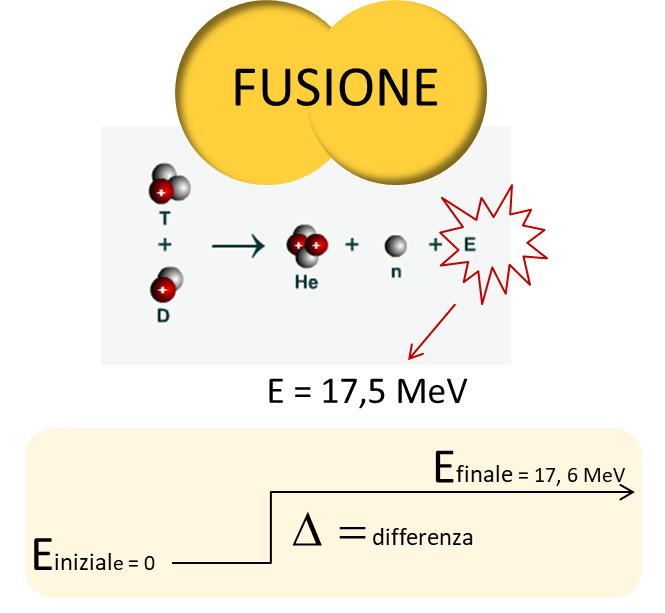
During each fusion reaction, an energy equal to 17.6 MeV is released. The Helium nucleus carries about 20% of the released energy (3.5 MeV), the neutron carries about 80% equal to 14.1 MeV.
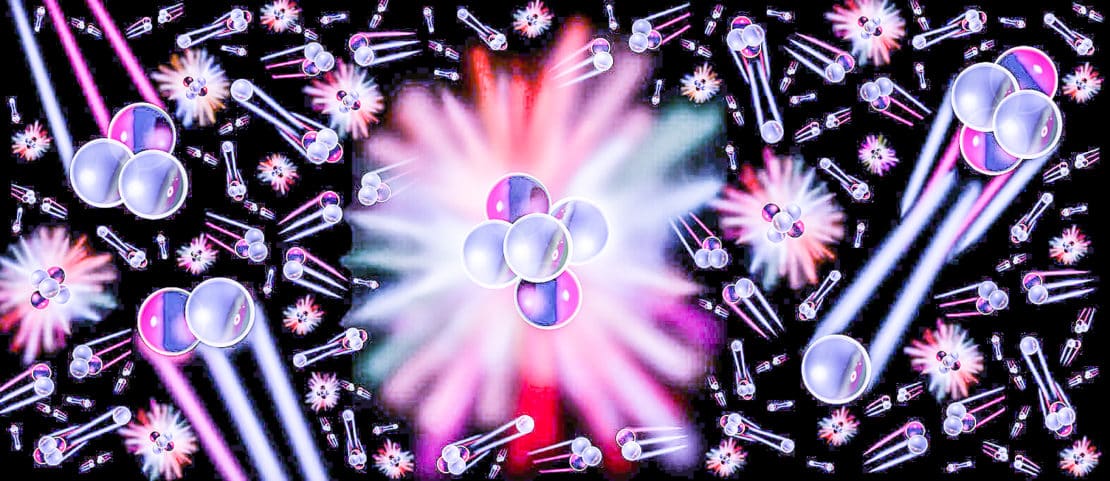
The sum of the mass of the helium and neutron is less than the sum of the mass of the two starting nuclei. This is called a mass defect: the mass lost in the reaction is transformed into energy, according to Einstein’s famous equation. The released energy (E) is equal to the reduction in mass (Δm) multiplied by the speed of light squared (c2), E = Δmc2.
Deuterium and Tritium ions will be raised to 150 million degrees in the future ITER fusion experimental rector. Under these conditions, the electrons are unbound from their respective nuclei and the gas is said to be ionized at very high temperatures and is called plasma, also know as the fourth state of matter. Plasma is the “fuel” of the fusion reactor.
In Padua since the 1950s, our research group has been dealing with the numerous and complex phenomena that characterize the behavior of fusion plasmas, confined by magnetic fields. The machine used today for experimentation is called RFX-mod2. It is the largest existing experiment in this magnetic configuration and allows, in particular, the study of the plasma transition from high turbulence to low energy loss regimes.
The first prototype of the experiment went into operation in 1992. The results obtained led to new knowledge and continuous improvement of the system.
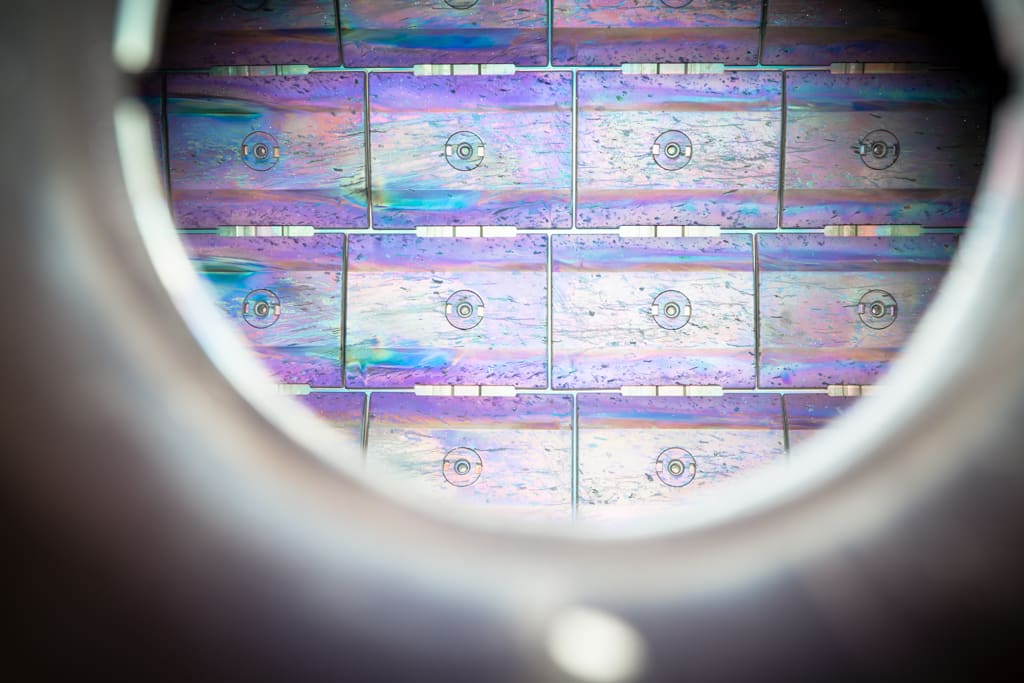
Improving confinement, i.e. the ability of the plasma to retain the heat produced within it, requires an understanding of the mechanisms that regulate the transport of particles and energy. For this RFX-mod is equipped with diagnostic systems for measuring the main properties of the plasma, such as the magnetic field, the temperature and density of atoms and electrons and the presence of impurities.
Our research activity allows us to understand the phenomena that occur in the plasma and indicate the way for new developments and new operating methods to be applied to improve the characteristics of the plasma. The collected data is used by the researchers and compared with computer modelled numerical simulations.
The set-up of the system has made it possible to carry out experiments with high plasma current, up to 2 million amperes, reaching electron temperatures of about 15 million degrees.
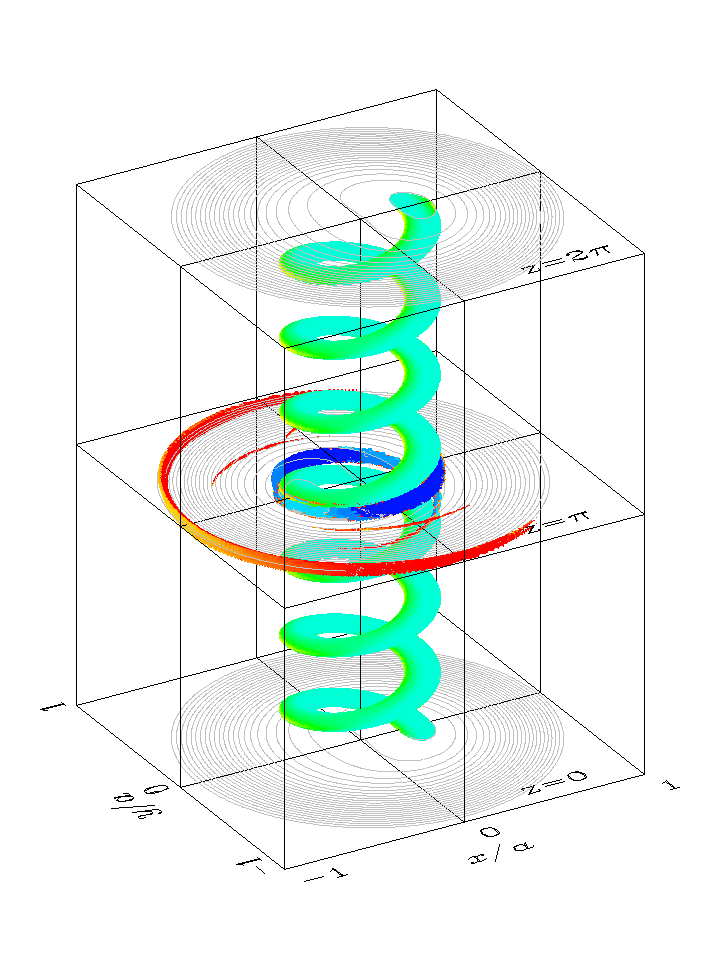
The other major project in which Consorzio RFX participates is ITER. Experiments were started in Padua to create the heating system that will bring the plasma to the temperatures necessary to trigger and sustain the fusion reactions in ITER. It will behave like a high-speed “hot-water faucet”, rapidly injecting a flow of “superheated” particles into the plasma “bath” to bring the overall temperature up.
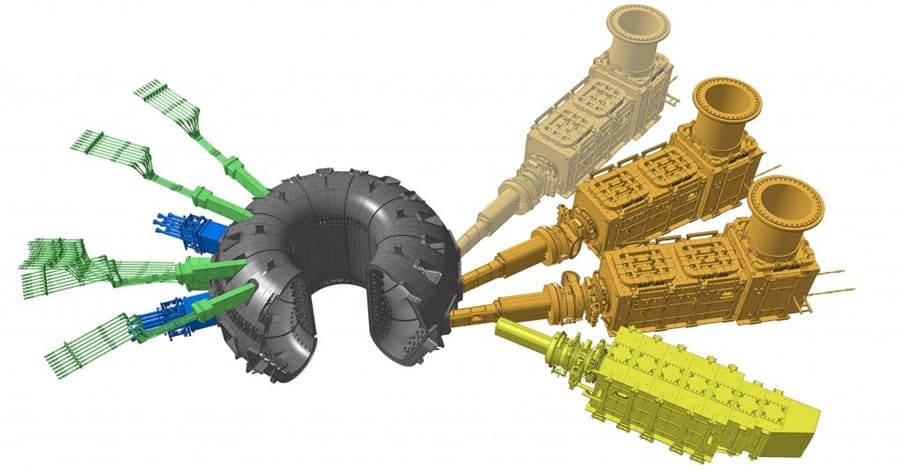
But first of all, let’s see what skills Italian research has put in place to create the neutral particle injection system (the “hot-water faucet”) designed to heat the mixture of deuterium and tritium in the reactor up to temperatures of 150 million degrees Centigrade.
The injectors of ITER will have to inject continuous beams of neutral atoms into the plasma, containing 16 megawatts of power starting from negative ions accelerated to energies of 1 MeV. It is a set of devices that include a particle accelerator and yet produce beams with neutral atoms and in an enormously greater number than conventional accelerators; this requires specific technological solutions and, since the performances required here have never been achieved so far, an intense R&D program in parallel with the construction of ITER.
The research plan involves the construction and development of two prototypes: SPIDER, the ion source on which was commissioned in 2018, and MITICA, a full scale injector that will be built on the basis of the preliminary results in SPIDER. While SPIDER has already begun to produce experimental results, for MITICA, a more complex system currently under construction, the start of the experimentation is expected in 2023. It is a research program synchronized with the start of experimentation plan in ITER, scheduled for the second half of this decade, and for this reason maximum effort is needed to meet the deadlines.
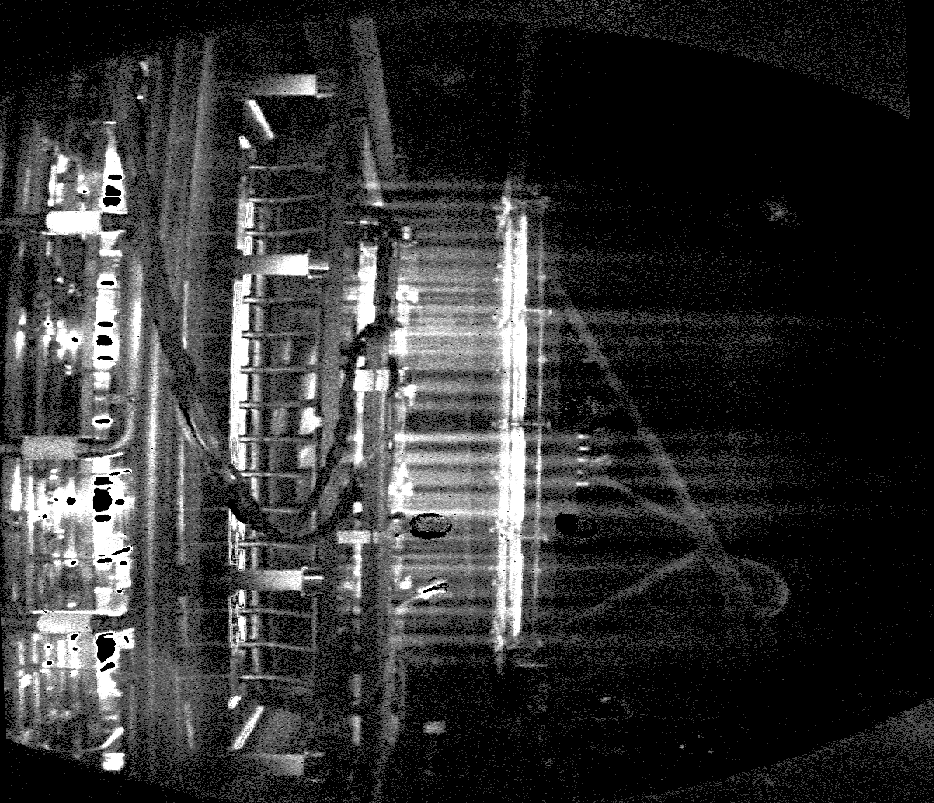
The R&D program is active at Consorzio RFX in Padua, in a new research laboratory built for this purpose. Europe has assigned this delicate R&D task to Consorzio RFX by virtue of the physics and engineering skills gained in the research carried out to date on fusion and in particular in the construction and scientific exploitation of the fusion research machine called RFX-mod; Competences on particle accelerators owned by INFN and on high voltage devices owned by the University of Padua were also decisive in this selection process.
Fusion for Energy (F4E), the agency that manages the European contribution to ITER, has played a key role in the construction of the ITER NBTF (Neutral Beam Test Facilty).
For SPIDER, F4E financed the construction, carried out by European industry, of components and systems for a sum total of 34 million euros and supported research and development activities on SPIDER and MITICA to the tune of around 30 million euros.
Over 100 companies were involved in the construction of SPIDER with investments of more than 62 million euros.
In addition to being labeled a research project of great importance, Italy also had an excellent response from private industry with Italian companies winning the lion’s share of the contracts, awarded under a European tender, for the construction of avant-garde systems and plants that required innovative developments which in turn increased the skills and know-how of the national industry.
This involved awarding 80% of the supply contracts for SPIDER and MITICA to Italian companies; examples are: Zanon – Schio (VI), OCEM – Valsamoggia (BO), COELME – Santa Maria di Sala (VE), CECOM – Guidonia (Roma), Angelantoni – Massa Martana (PG), DELTA-TI Impianti – Rivoli (TO), De Pretto – Schio (VI), Nidec ASI – Milano, Synecom – Bergamo
Important foreign companies also contributed to this international experiment: Thales, PVA Tepla, Electronics Corporation of India Limited, Amtech Electronics India, to name a few.